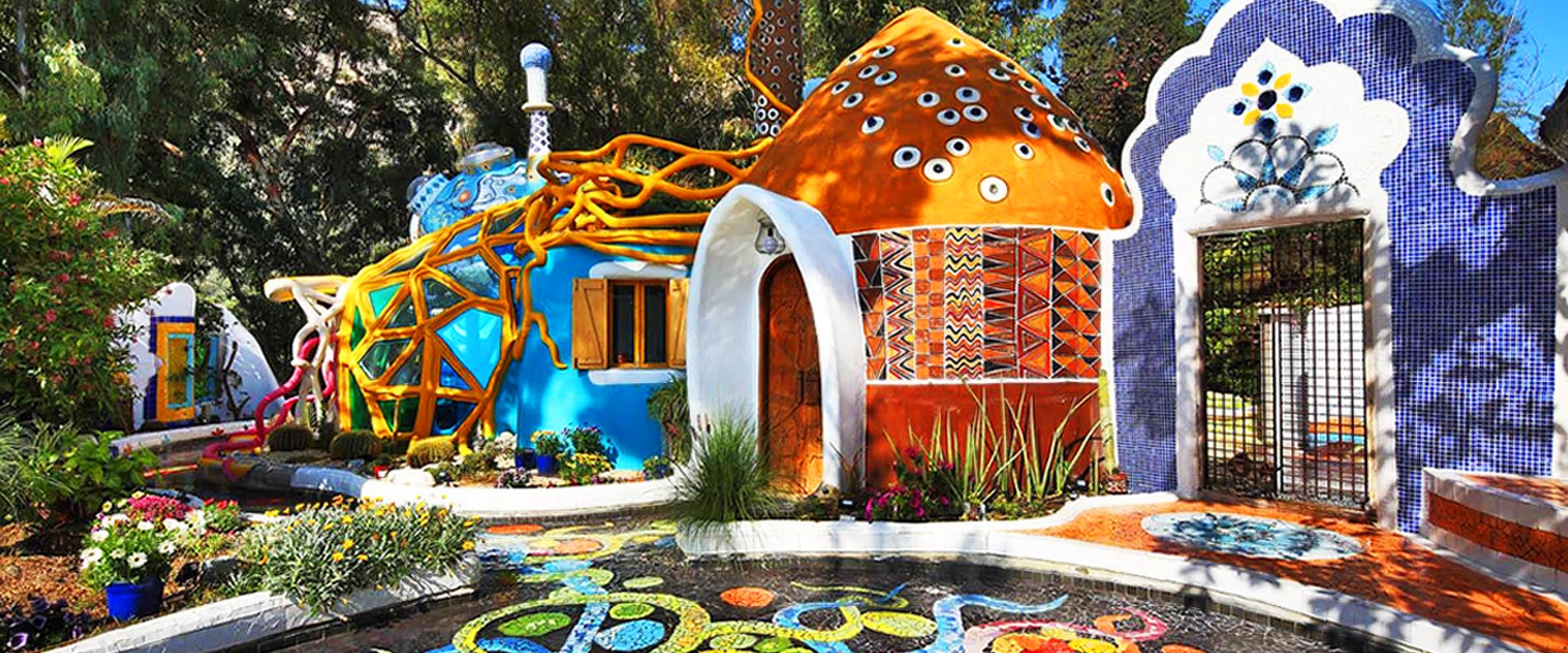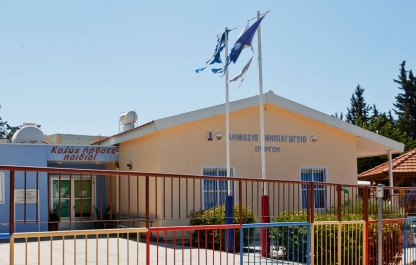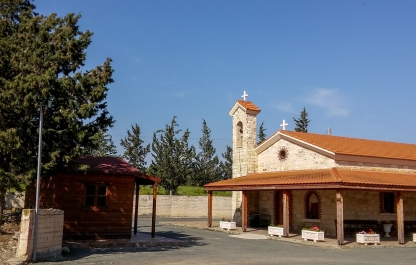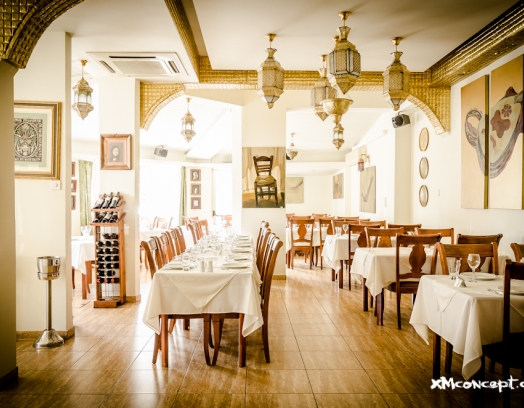Ever had that experience when you’re taking a drive through a village..it’s a village like any other, but then you’re in the same place with a local and he shows you something wonderful and unique under every rock and bush? This has been my experience all too often. I suggest engaging in a search for the wonders and intrigues located right under our noses. “Under the nose” in our case means the suburbs of Limassol— the ancient village of Pyrgos. Prepare to be amazed!
If you throw “Pyrgos Cyprus” into google, you’ll get a heap of information, only it’ll be about a different village bearing the same name. Considering some of the information gaps and the confusion between villages, let’s talk a little about the village as a whole.
The Name
While Pyrgos is from the Greek meaning “tower”, there isn’t a single tower in the village; it is said there once used to be, but where and when it stood are a complete mystery. On the other hand, some curious scientists were able to get down to the bottom of the mystery surrounding the name. Pyrgos tis Rigainas. What does this name tell us? Well, to the average person, unversed in the Greek language (me, for example), nothing special. So, I had to delve deeper.
Pyrgos tis Rigainas translates to “Tower of Regina”, but it’s not that simple… What does the name “Regina” mean? It comes from the Latin meaning “queen”. In times of old, all the queens in this land were referred to as reginas. But there was one queen by the name of “The Queen”… a queen twice over, so to speak, who was rich, full of character and ambitions. According to legend, she even changed the river currents on the island, and Kolossi Castle was built for her. Also, a whole host of different heroes performed insane feats in her name, and once again, legend has it that she buried her treasures under almost every bush!
Do you think such a serious individual made only one tower? Type “Pyrgos tis Rigainas” into google and you’ll see that Regina left her “legacy” across all of Cyprus.
But maybe there never was any Regina whatsoever, as that could have been the name given to any queen (since all queens were referred to as reginas). I hope I didn’t confuse you towards the end with all these etymological intricacies. But that’s it, I won’t any further. Historians can’t for the life of them decide who exactly was the original Regina: the medieval niece of a Byzantine emperor, a local queen, last in line to the Lusignan throne, or Aphrodite herself.
So there you have it. “Tower”— a seemingly unremarkable name for a village, yet yank at the string and you just might uncover Aphrodite, you never know. But we won’t yank at this string anymore, as we have bigger fish to fry.
А Тouch of History
People have long been aware of the settlements lying on the site of modern Pyrgos. It was known to be “cool” to live here 5,000 years ago, and for all these 5,000 years, someone has constantly resided here. Just imagine you’re taking your usual route across the bridge, while underneath it lie traces of life from hundreds of different generations! And there’s also bound to be the treasures of Regina lurking somewhere.
5000 years… for comparison, the most ancient cities (the Greek city of Argos) which exist today on Earth are 7,000 years old, and here we have a small village with 5,000 years of history.
That said, scientists claim that this now small village was once an important and significant centre for crafts in Europe, famous throughout the whole of the Ancient World (more detail on this a little later).
In written sources, “Pyrgos” was first referenced in the Frankish era in a letter by Pope Honorius III; in the same period, information about the origin of the monastery appeared.
The monastery was intended for the monastic order of Cistercians who resided here from 1238 thru 1251 and was functioning at least until the late 15th century.
Modern Pyrgos
Pyrgos— the nearest village to Limassol, located 13km away, with a population of 2,300 people according to the latest census. Until recently, there used to be only 500. Now the area is rather actively finding its groove, with people wishing to move here because it’s a “two in one”: tranquil village life with clean air, coupled with a modern megalopolis a few minutes’ drive away. Added to that, the prices here are substantially lower than those in the city.
And by the looks of it, the process of the village finding its footing will continue. On the coast of Pyrgos, two skyscrapers are under construction, and the residential complex Aroma Castle Estate is soon to appear in the old sector of the village.
While it’s written in many sources that the village is located 88 metres high, this actually refers to the village centre. The northern outskirts of the settlement are situated at a height of 488 metres, while the southern limits lie on the ground, coming up against the sea.
Nowadays, Pyrgos is a modern village with shops, squares, bakeries, banks and so on. It even has a good, wide bridge road (which in Cypriot terms is no less than a miracle)!
It has its piece of the sea, and one of the best in Limassol at that. Nearby this stretch of sea, the village has its own elite residential complex. The numerous coffee shops in the central part of the village are full of people— Pyrgos looks brimming with life.
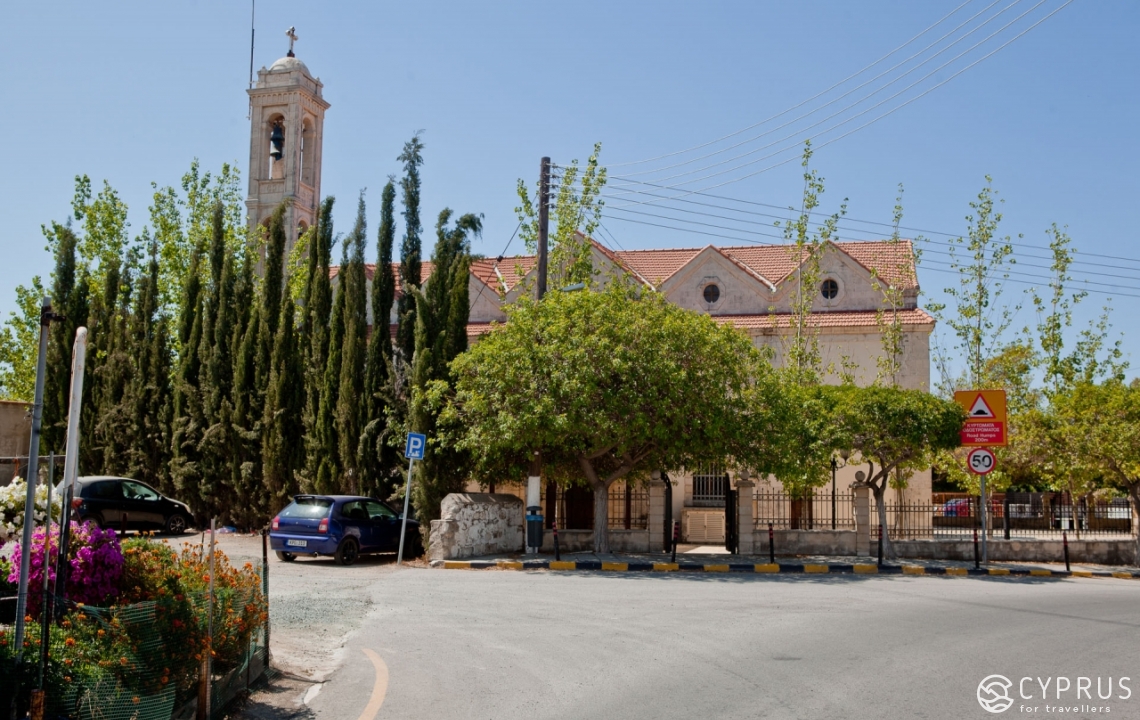

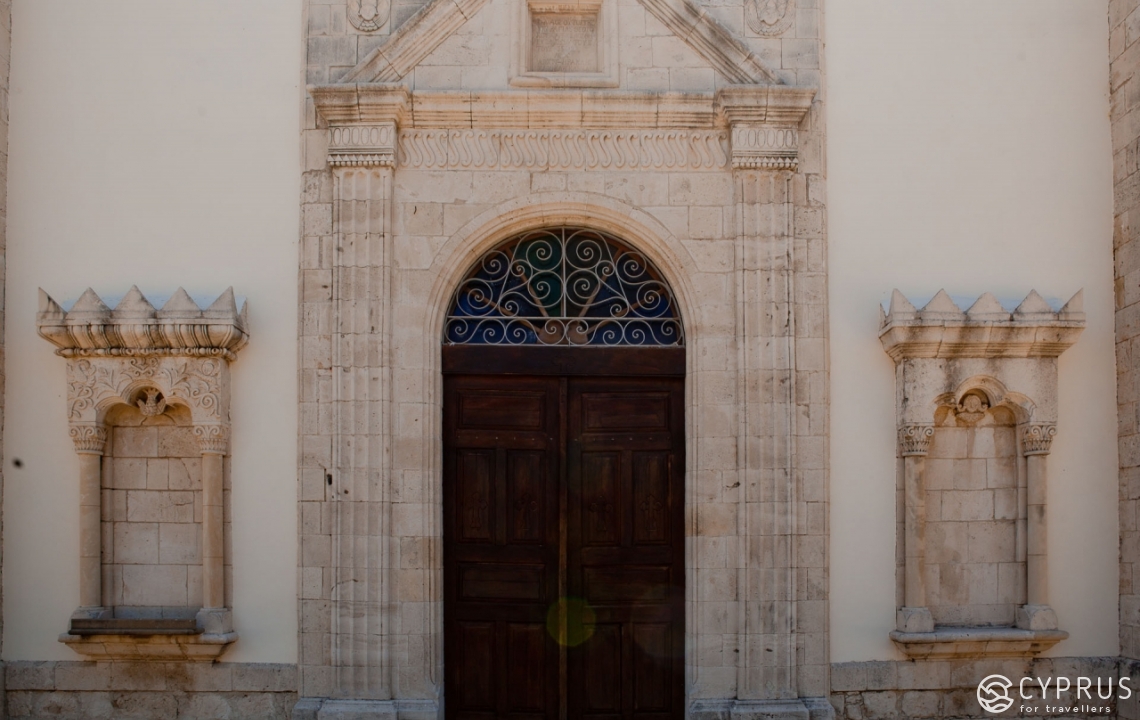
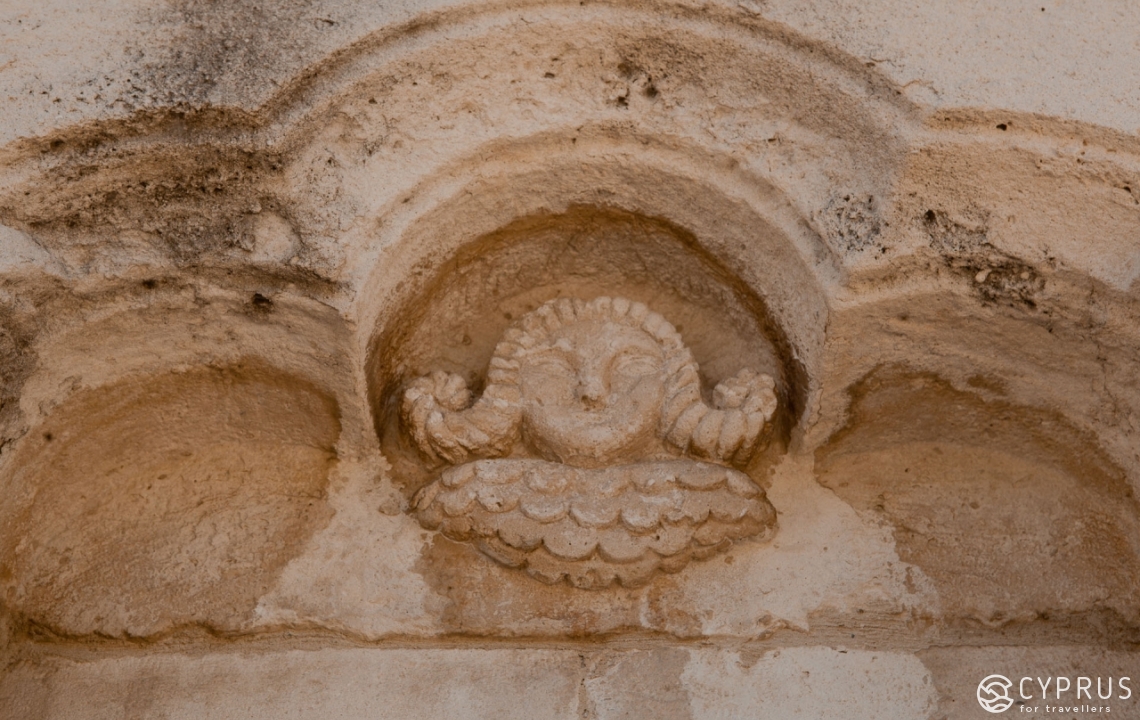
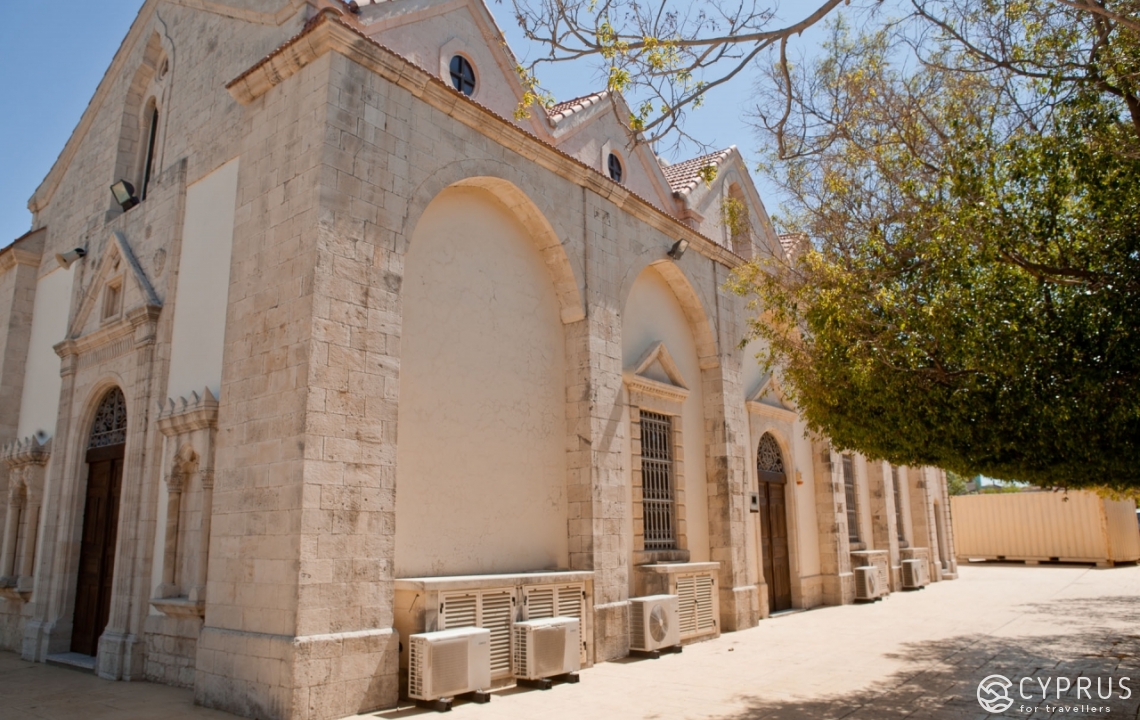
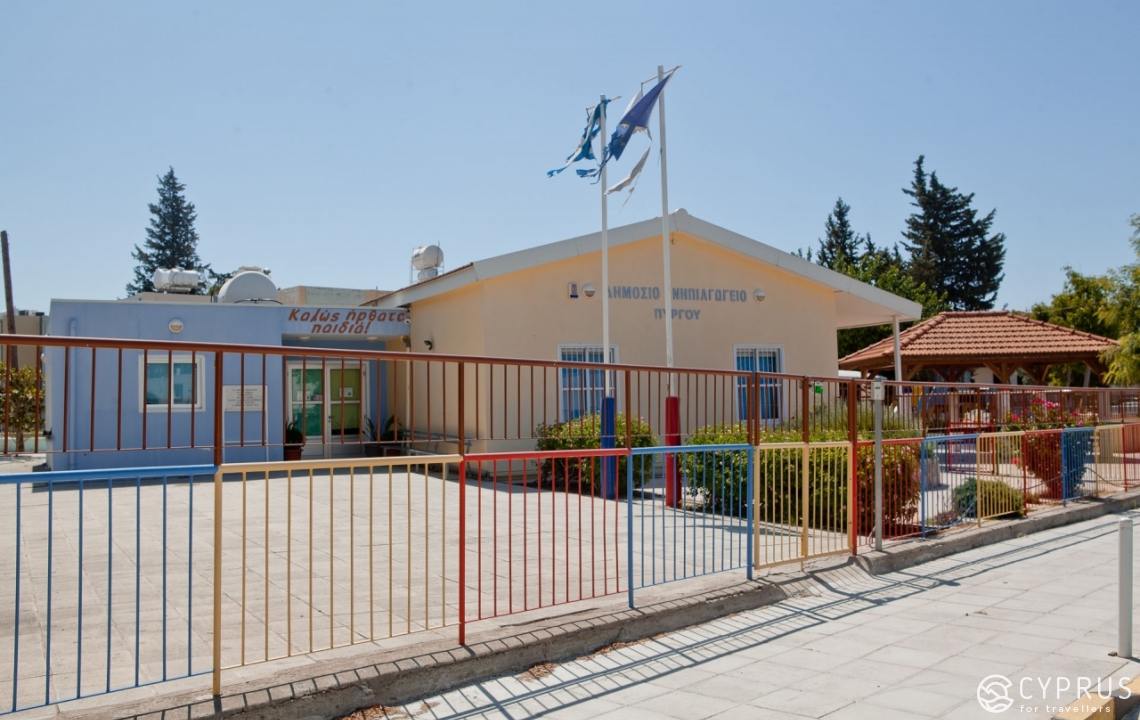

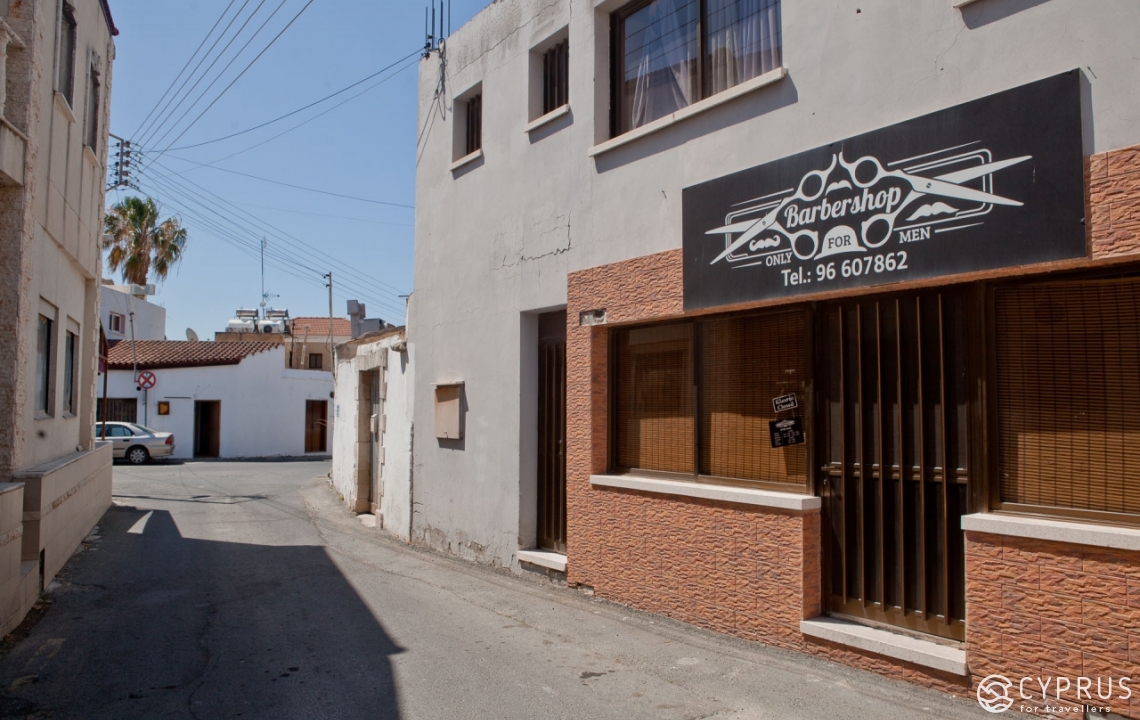


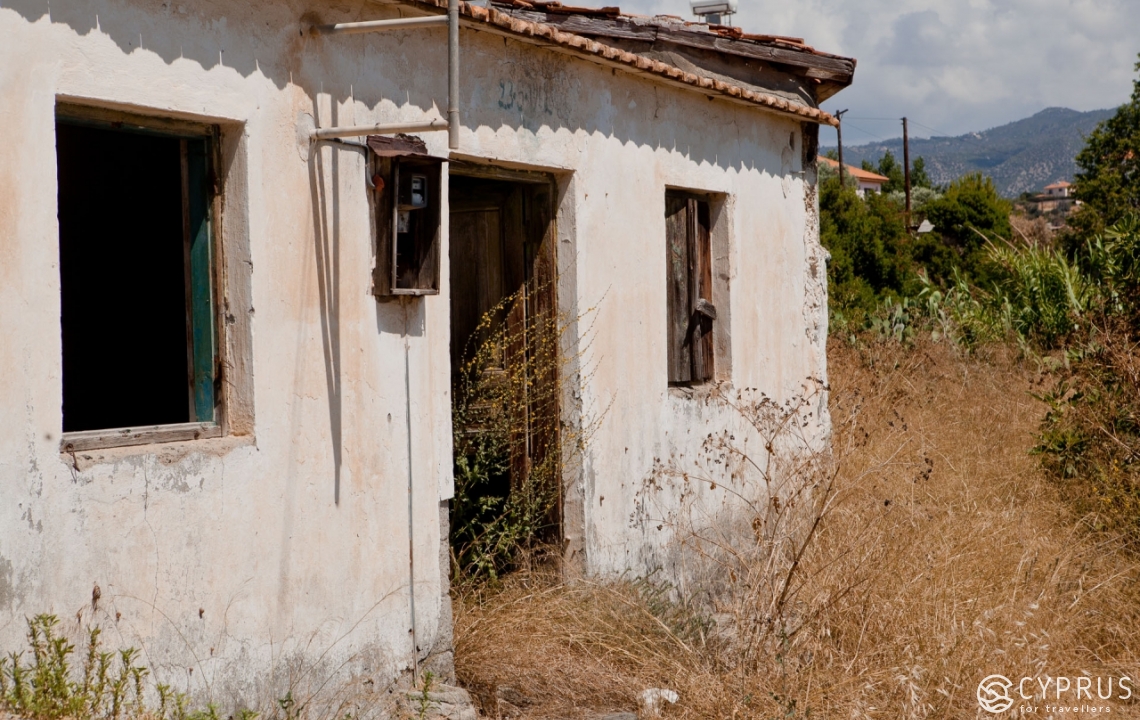

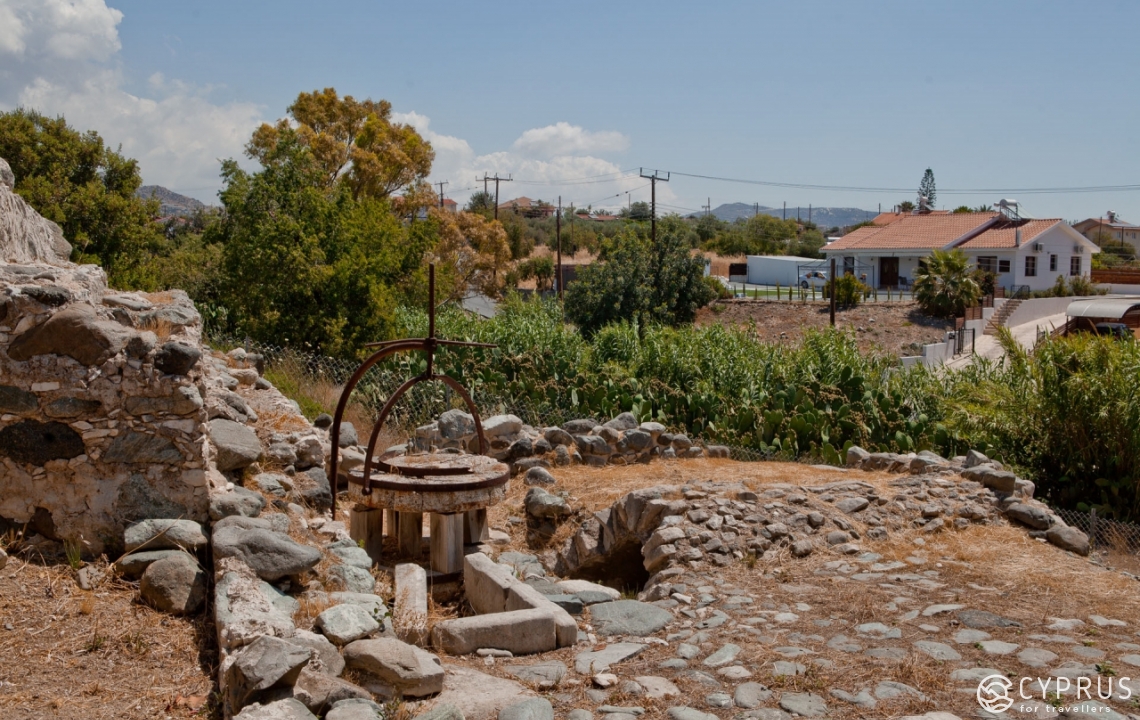

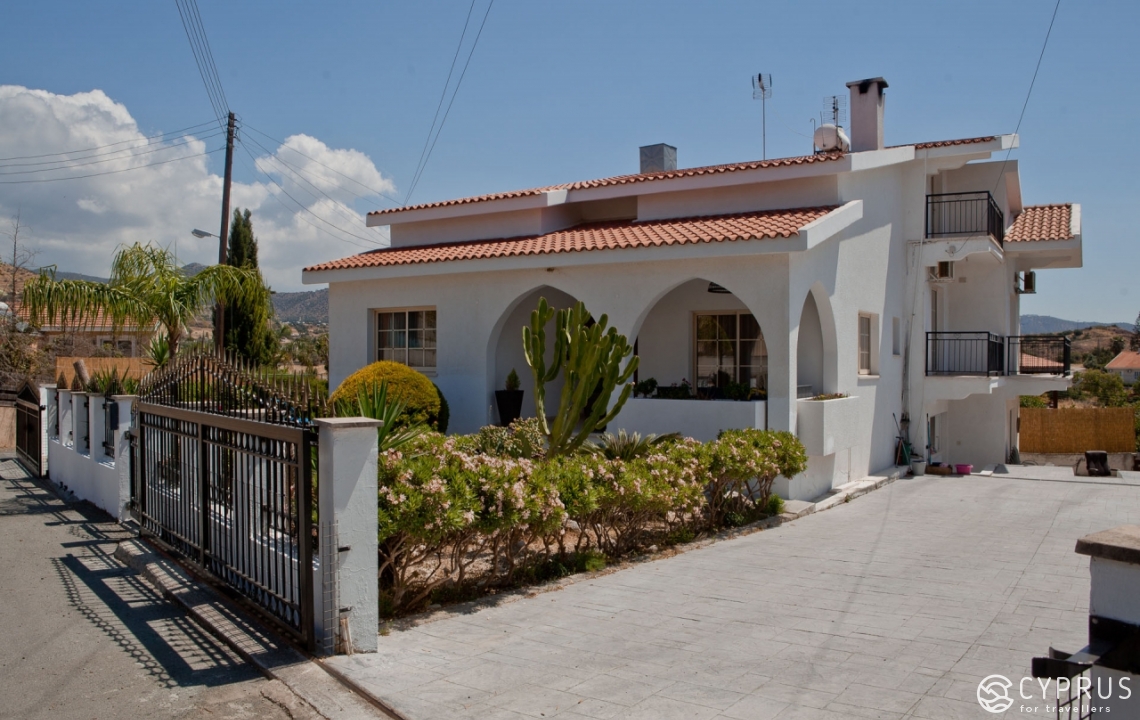

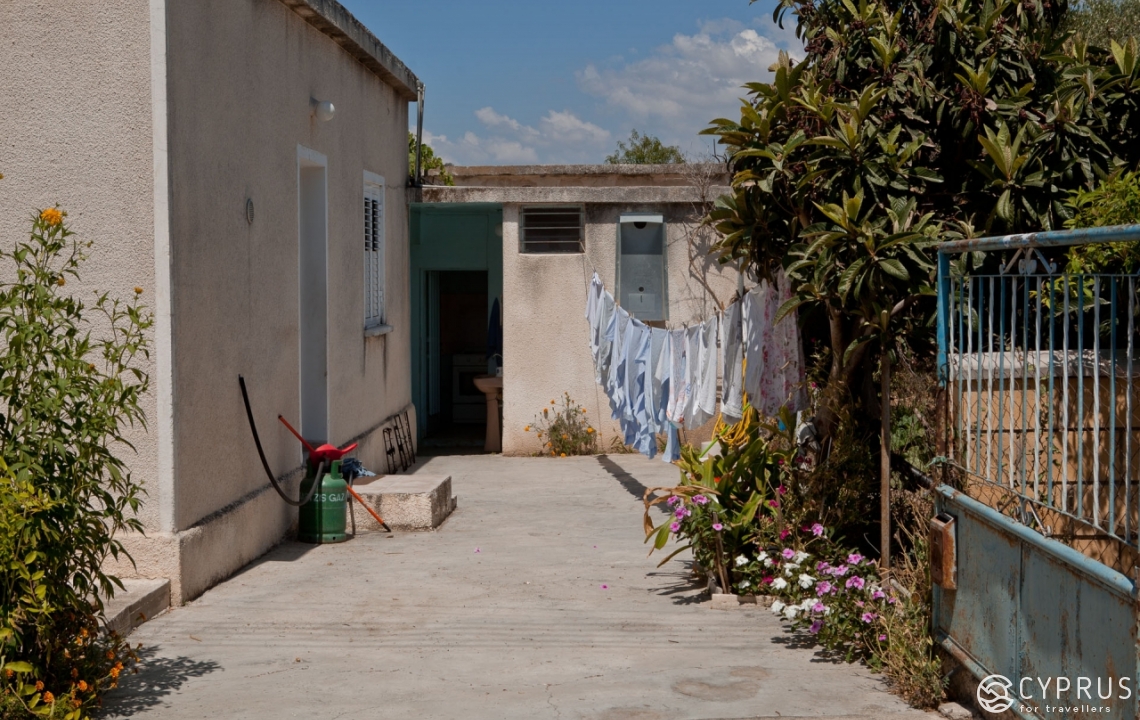
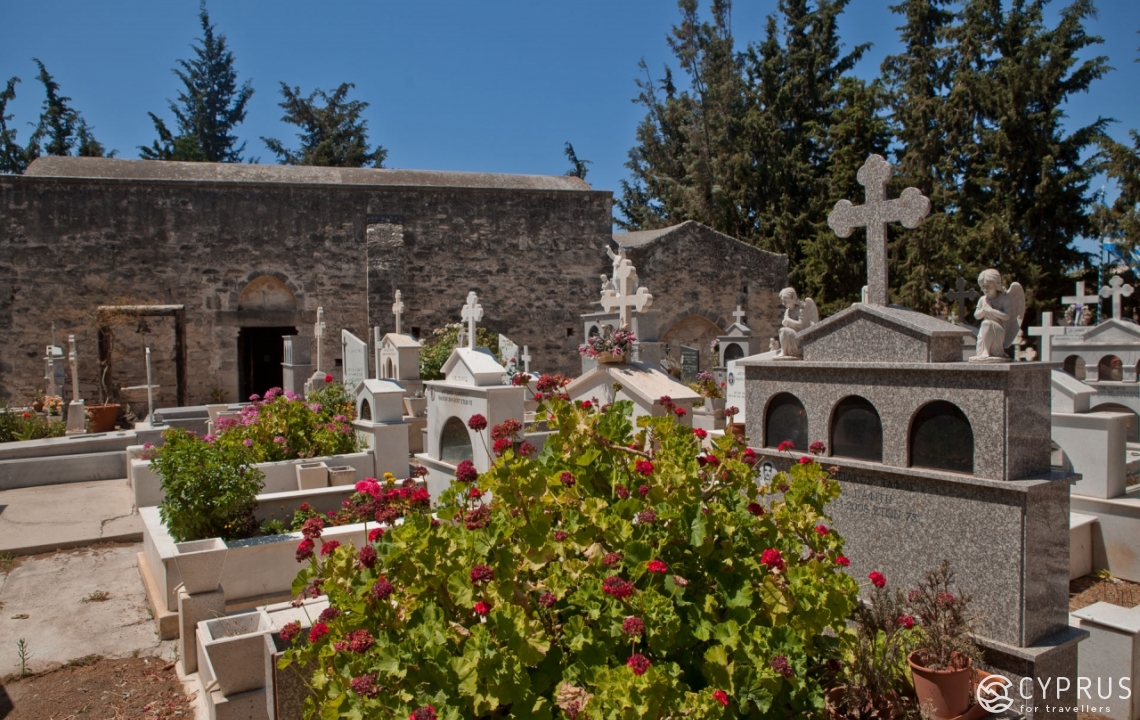
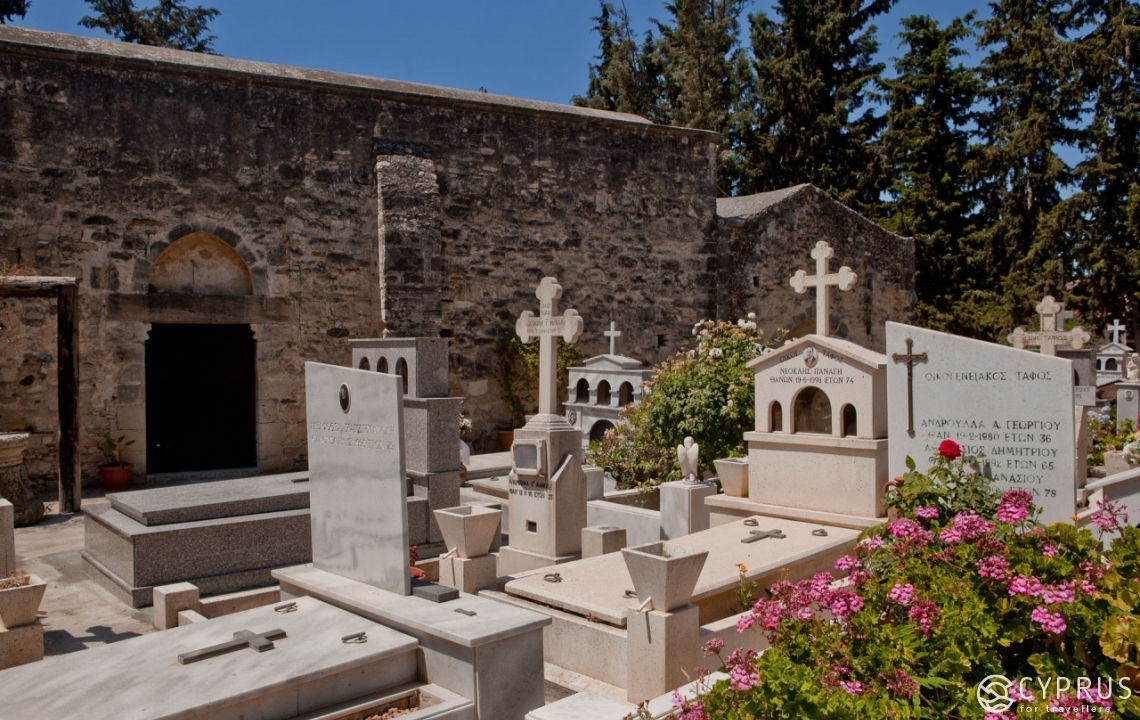
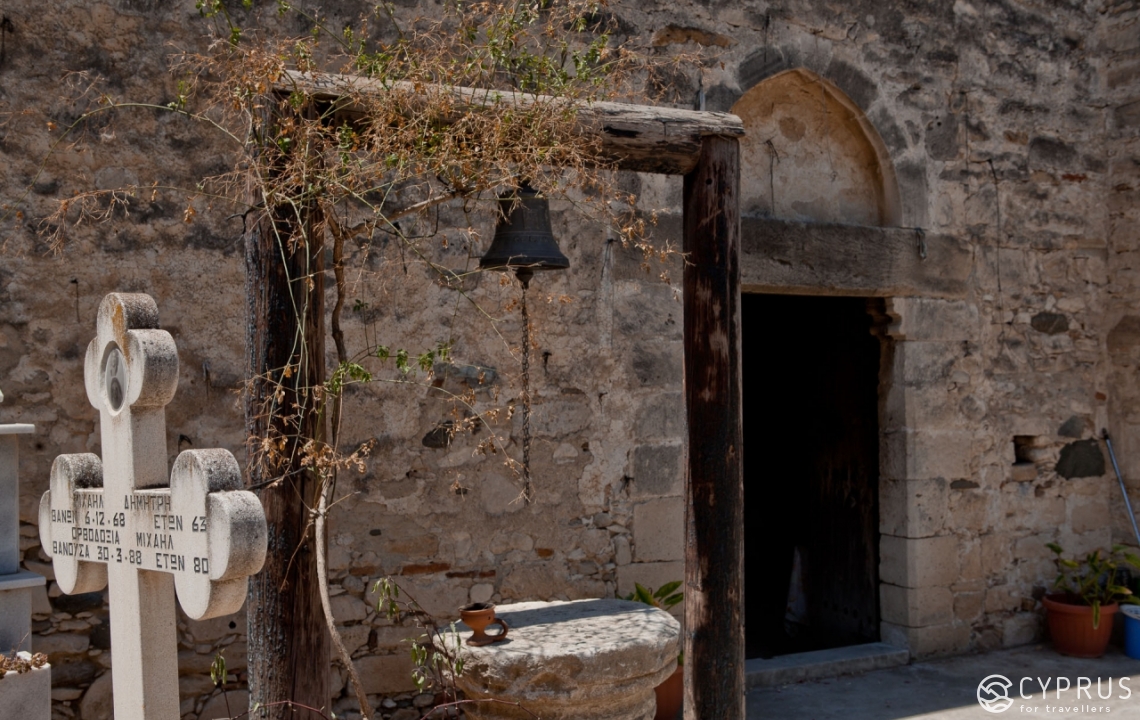




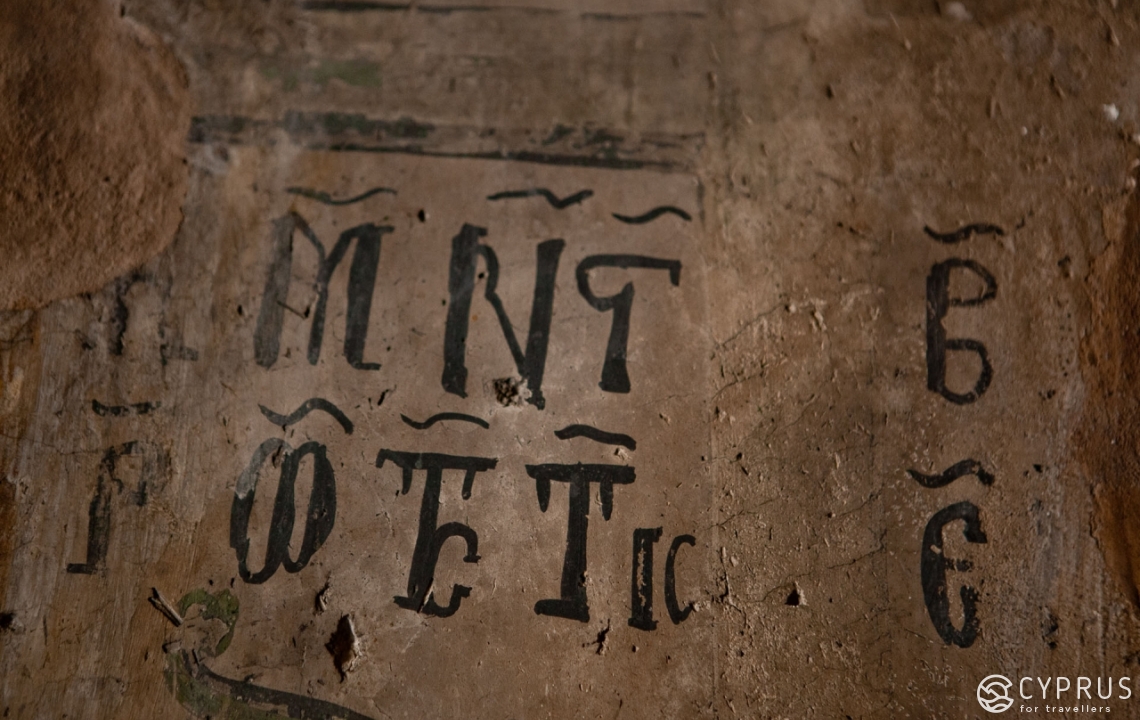
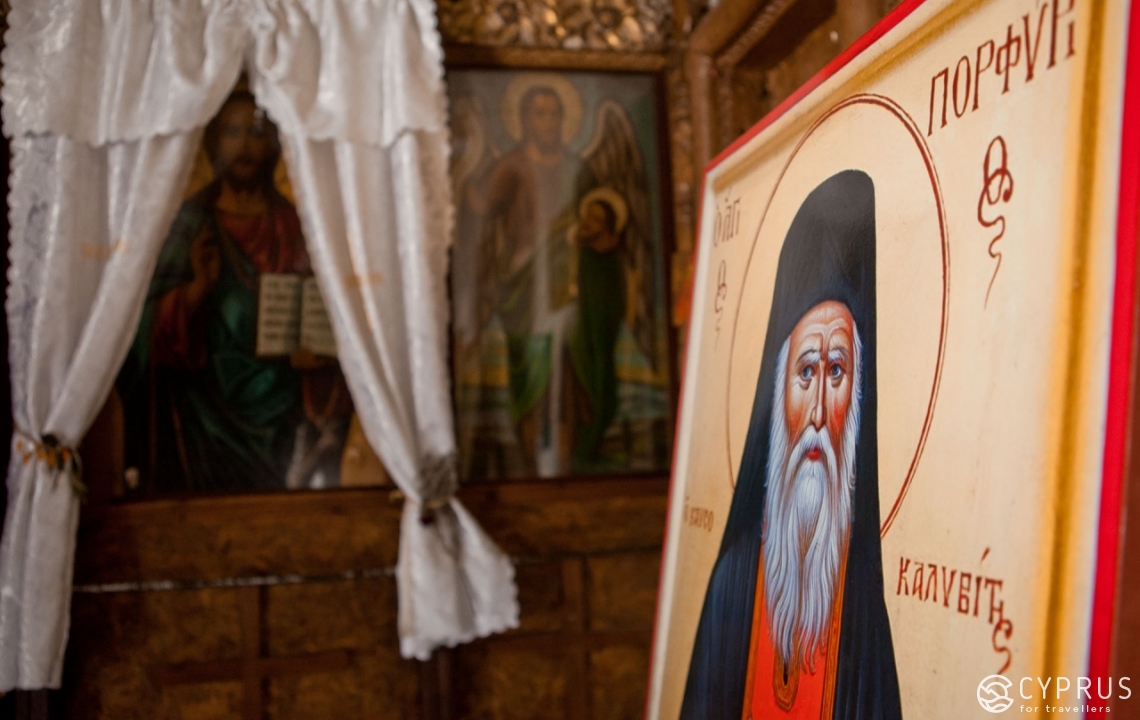
Historical Landmarks
The Water Mill
The mill was constructed by the Cistercian monks mentioned earlier, who employed groundbreaking technology for that time. The exact date of construction is unknown, but the building is at least 600 years old.
Used for several centuries, the mill then fell into disrepair, and in 1984 was acknowledged as an archaeological site.
Looking at the construction today, there’d be no guessing that this once used to be a mill, despite the scale and grandeur of the building jumping out at you.
The medieval masonry evokes a sensation that you’re not standing next to a technically advanced construction, but rather the ruins of an ancient castle.
The water mill is deemed as fenced off, but getting inside doesn’t, in fact, pose any great difficulty. It’s a rather curious spot for admirers of olden times.
The Church of Panagia Pyrgotissa
The main church of the village community located in the centre of Pyrgos, not far from the nursery and primary school.
The foundations were laid in 1886 after the villagers had given a symbolic promise to the Blessed Virgin Mary to construct the church by themselves. Because of this, every day for several years, they hauled stone from the mountains in their bare hands or on donkey-back. Close to 40 locals laboured over the church’s creation, and the only payment they received for their efforts was a mere plate of food per day.
Construction was completed in 1902. The church is intended to house 200 people.
The church of Panagia Pyrgotissa was constructed without a dome, a style typical for the Frankish-Byzantine era. Its architectural ensemble is of great interest to people keen on architecture from a technical standpoint, as many of the decisions made in its construction were irregular.
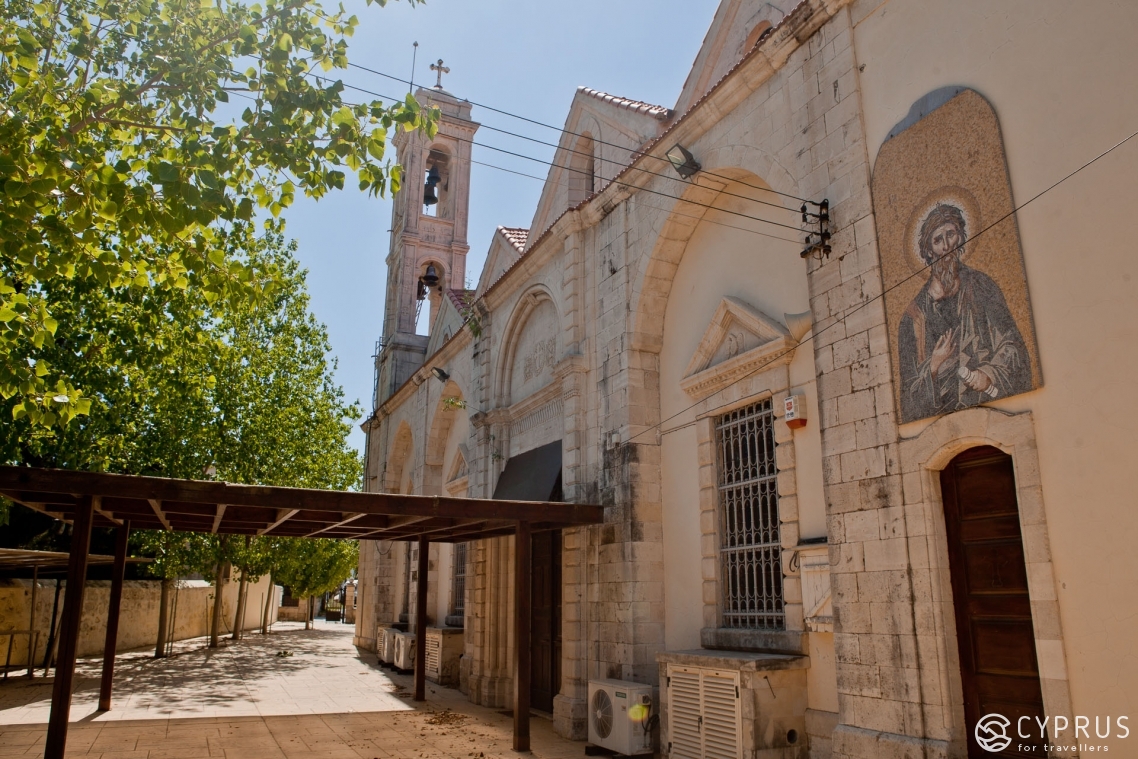
The Church of Panagia Neroforousa
This is the church of the Virgin Mother, which the locals call Panagia Neroforousa or Isodia. Lying approximately 150 metres to the west of Panagia Pyrgotissa, the village’s central church, Neroforousa’s construction dates back to Venetian rule, roughly at the turn of the 14th and 15th centuries. Indeed the only part from that time which has survived are the remains of the altar, as in 1951, the locals renovated all the remaining areas.
A unique, ancient image of Panagia (c. 7th-8th century) has survived and is ceremoniously transferred to the church on the 21st of November, the day of Panagia Neroforousa. On this day, people worship it as the Bearer of water (rain). This is from where the name of the church originates.
The church has a rather ascetic interior, with an iconostasis from the year 1851. The building appears very old and authentic; it’s a place which has heard many a prayer and possesses its own energy. You can practically always bump into one of the locals inside.
Agia Marina Chapel
Roughly 1,500 metres to the south of Pyrgos village’s historical centre, lying amongst 300 carob trees, there is a small stone house— the village Chapel of Saint Marina, housing 30 to 40 people. There was once an ancient construction located here with a history spanning over centuries, but currently, only the altar remains have survived.
In 1951, the residents of Pyrgos conducted a fundraiser and renovated this village sanctuary.
Inside, it’s a small, plain church with a simple wooden iconostasis. To the right stands an icon of Christ, a little further ahead, an icon of John the Baptist; to the left lies an icon of The Blessed Virgin Mother, and next to it, you can see an icon of John of Patmos.
A silver (gifted) icon of Saint Marina is preserved in the village’s main church (“Panagia Pyrgotissa”). On the 17th of July, the day of Saint Marina, the silver icon is carried to the small village chapel for procession.
As a matter of fact, on the 17th of July, when the celebration of Saint Marina is underway, a large fair is held in the small church. Hundreds of churchgoers come on this day to participate in the ceremonial service and worship Saint Marina.
The Ruins of the Ancient Copper Mines and the Mysterious Tunnel
Remember I told you that people have preferred to live here for more than 5,000 years? What do you think they were doing all that time? Mining and processing copper. Excavations have shown that on the site of modern Pyrgos, there used to be one of the main “copper centres” not only in Cyprus, but the entire Ancient World. That being said, this was a rather long time ago and from those times, only the ancient copper mines remain, most of which have either been flooded or filled with earth. However, if you have a chat with the local diggers, there’s a chance you can get underground.
Also, rumour has it that the one and only Regina created an underground passage from Pyrgos to the city of Amathus (now extinct). There, she set up an ancient metro of sorts and would ride to and fro on it in a golden carriage. According to legend, that very carriage still lies hidden somewhere in the tunnel. Many have searched the underground mine and are still, in fact, yet to find the carriage… so there’s a chance you will!
The Perfume Factory
Not all of the landmarks in Pyrgos can be seen, but they’re so significant on a global scale that knowing about them is still intriguing.
The oldest perfumes in the world— 4,000 years— were found right here in Pyrgos! The aromatic components in Cypriot fragrances were lavender, rosemary, pine and coriander.
In fact, a little later, scientists were able to repeat the recipe for “ancient perfumes” and now, for a specific price, anyone who desires can get a whiff of “old times”.
But there was more than just perfume found in Pyrgos, as it is assumed this is where the craft of perfume manufacture first came into being. In 2005, Italian archaeologists on Pyrgos-Mavroraki hill performed an excavation of the oldest perfume factory in the world, whose creation dates back to the early and mid bronze age.
The perfume factory in Pyrgos endured for nearly 2000 years (just let that sink in!) and god knows how much longer it would have done so, but in 1850 B.C., a powerful earthquake rocked the area, and all the sites were destroyed.
Today, there’s nothing interesting to see at the excavation site, as all the valuable exhibits have already been transferred to the Capitoline Museums in Rome. Nevertheless, this part of Pyrgos’s history is highly impressive.
The Source of “Holy Water” at Panagia Pyrgottisa
If you head from Pyrgotissa to the north-west— using the river as a bearing— you can discover another landmark 1km away. It’s unremarkable to the majority of tourists and revered by the locals: a “holy water” source located on the eastern bank of the river, which served us as a bearing.
To switch from the western bank to the east, the locals built a convenient stairway with concrete steps. There is also a monument here in the form of a small chapel, containing an icon lamp which is constantly lit. Nearby, you can see icons, including one of Panagia. The locals constantly come to the chapel for the curative water which they extract from a specially equipped plastic container.
Not far from the holy area are some benches where you can relax and peacefully enjoy the surrounding views.
Modern Landmarks
But Pyrgos isn’t remarkable for its bygone works alone. There are also some fresh feats.
Euphoria Art Land
Euphoria art land is…erm.. seriously, what is it? It’s impossible to say for certain, but at a stretch, I guess this area could be branded as a surrealist park fashioned in a Gaudi-esque style. The park (we’ll call it that for the sake of argument) is similar to a fragment from a dream or a fairytale, or a world of colourful and whimsical cartoons. Everything here is vibrant, unusual, and amazing.
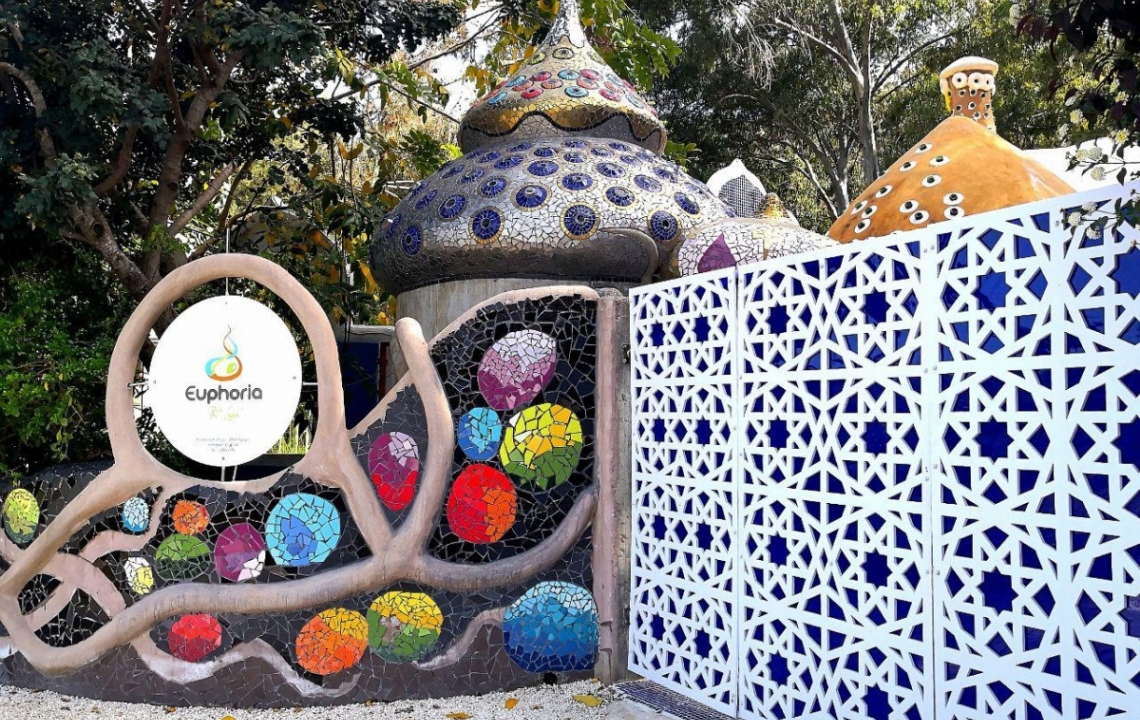
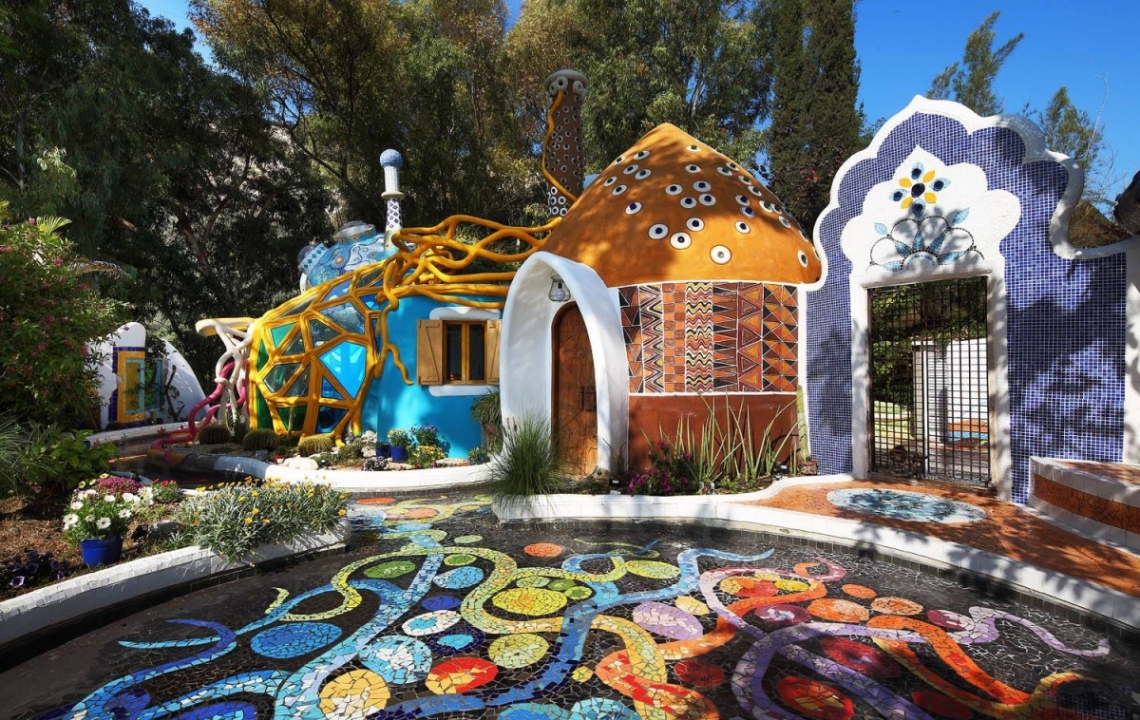


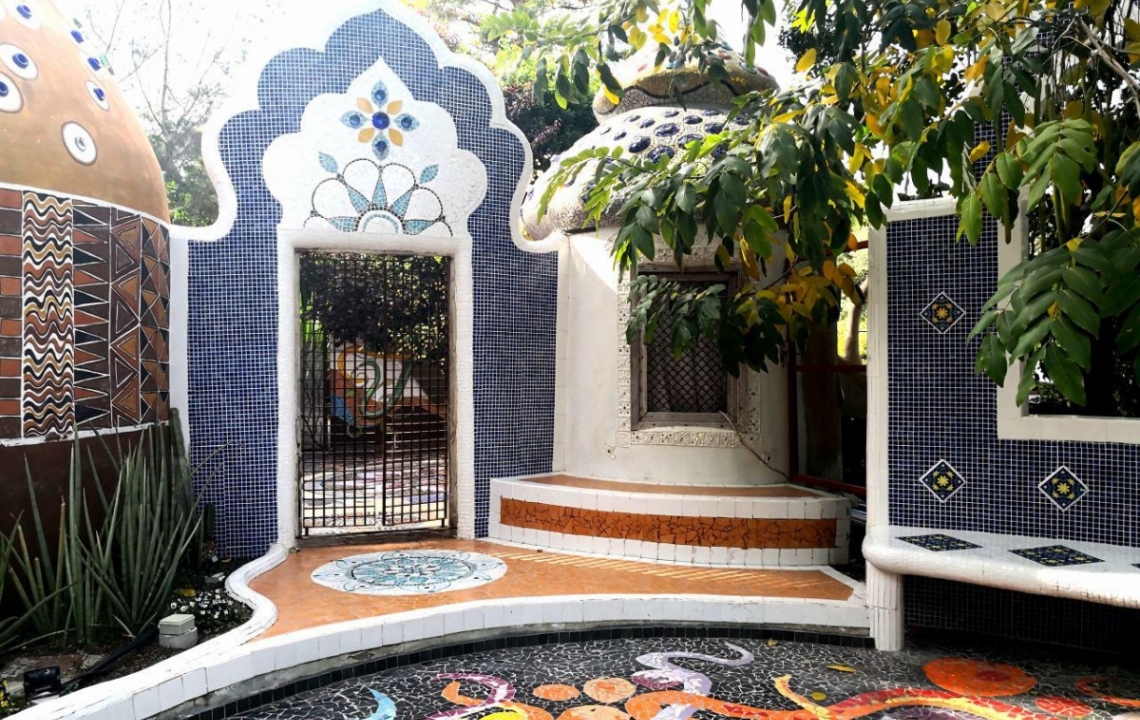
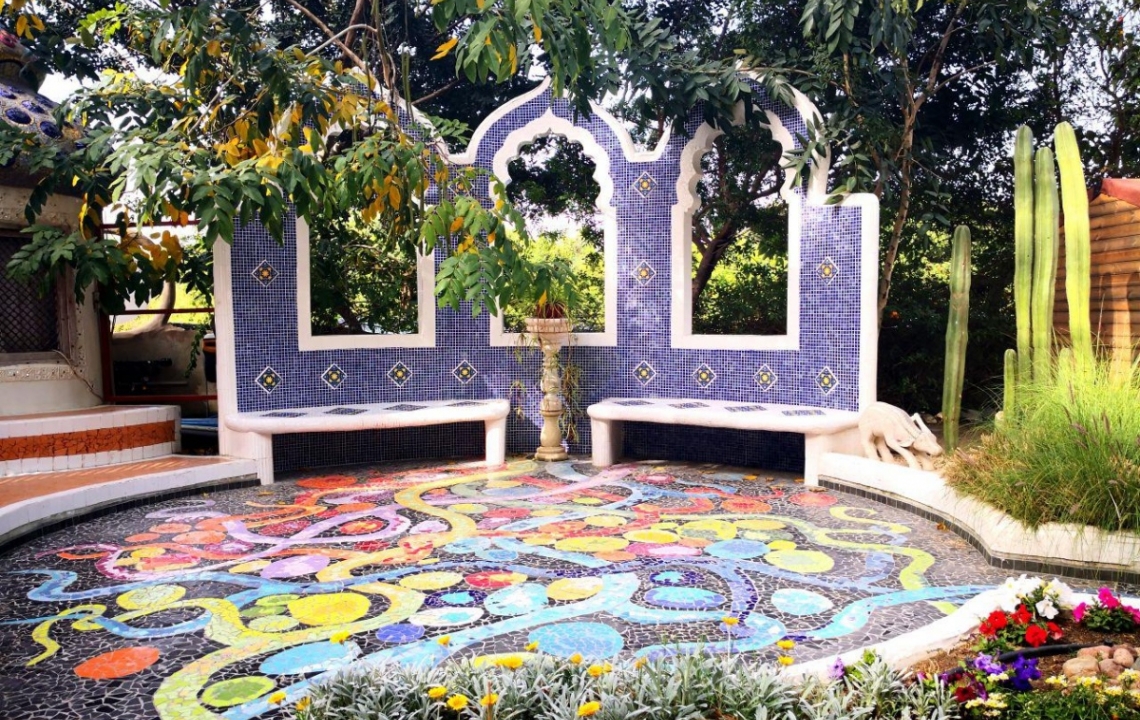

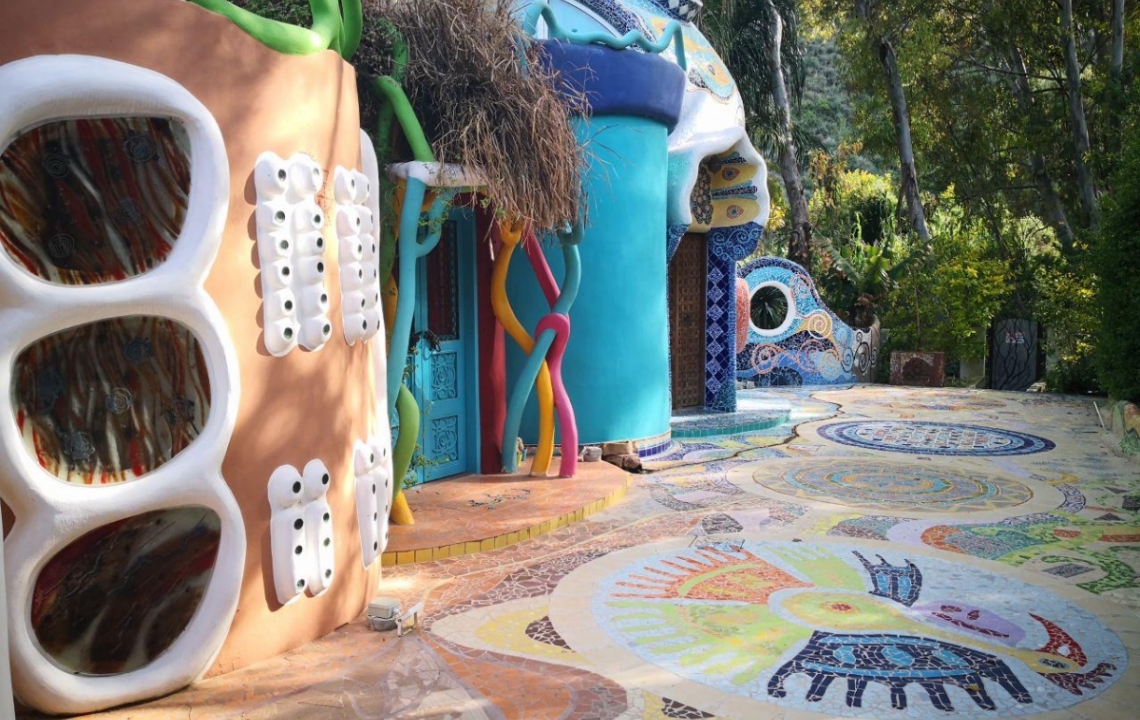

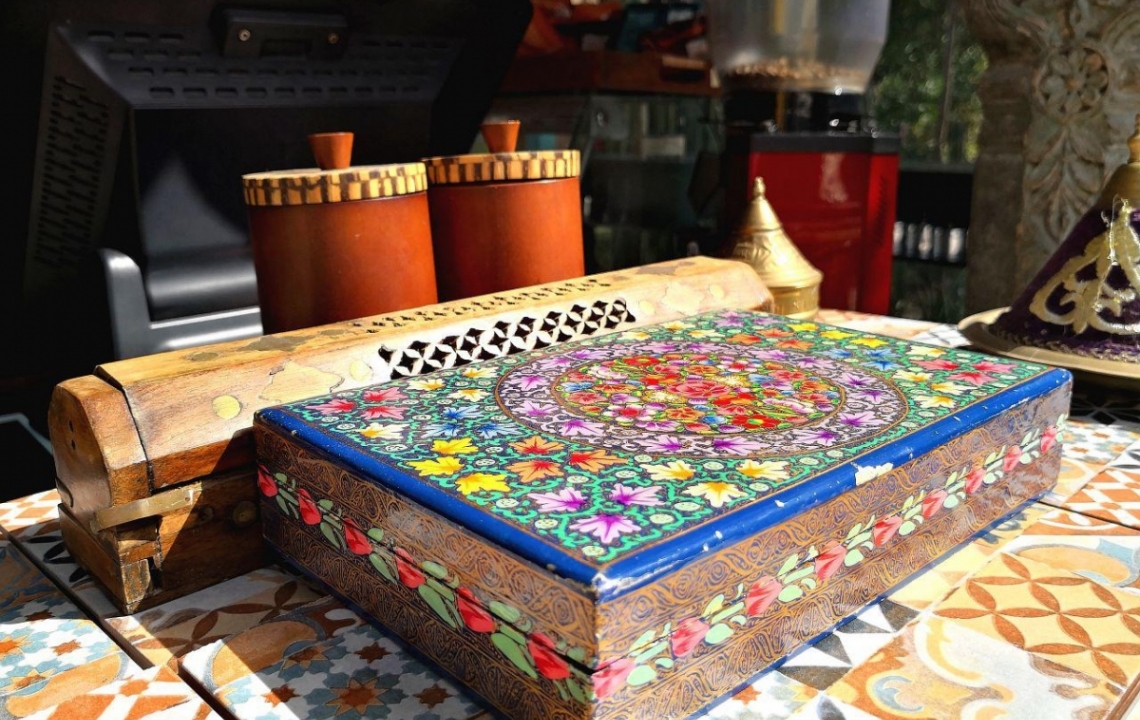


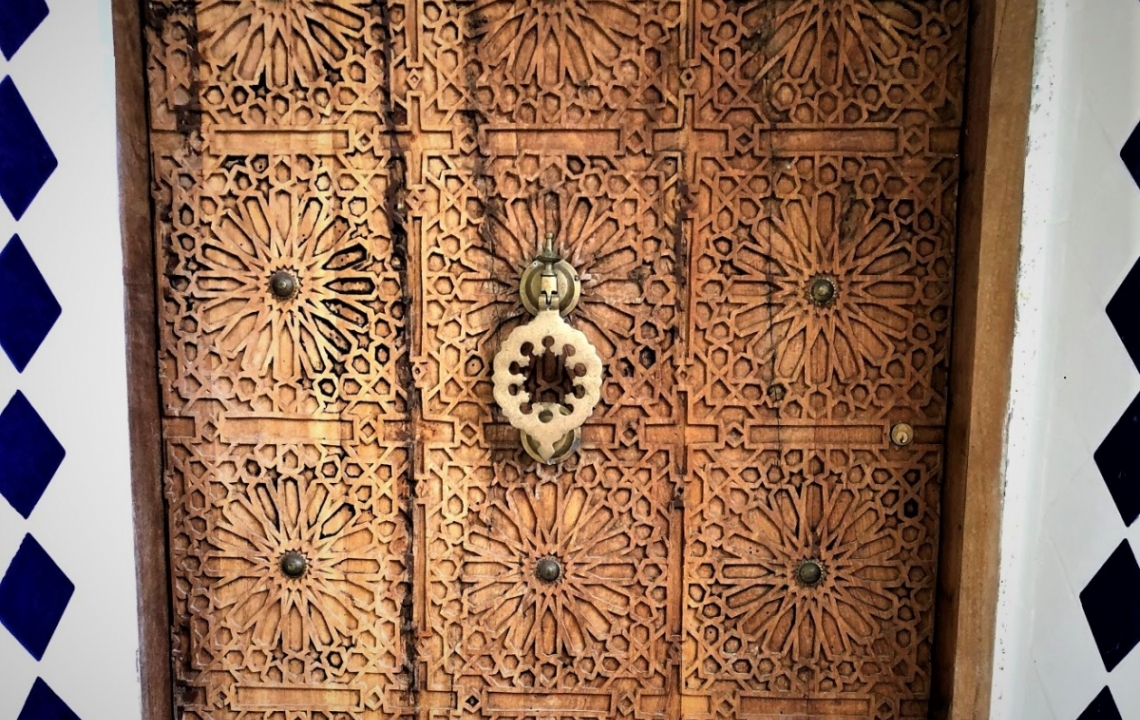

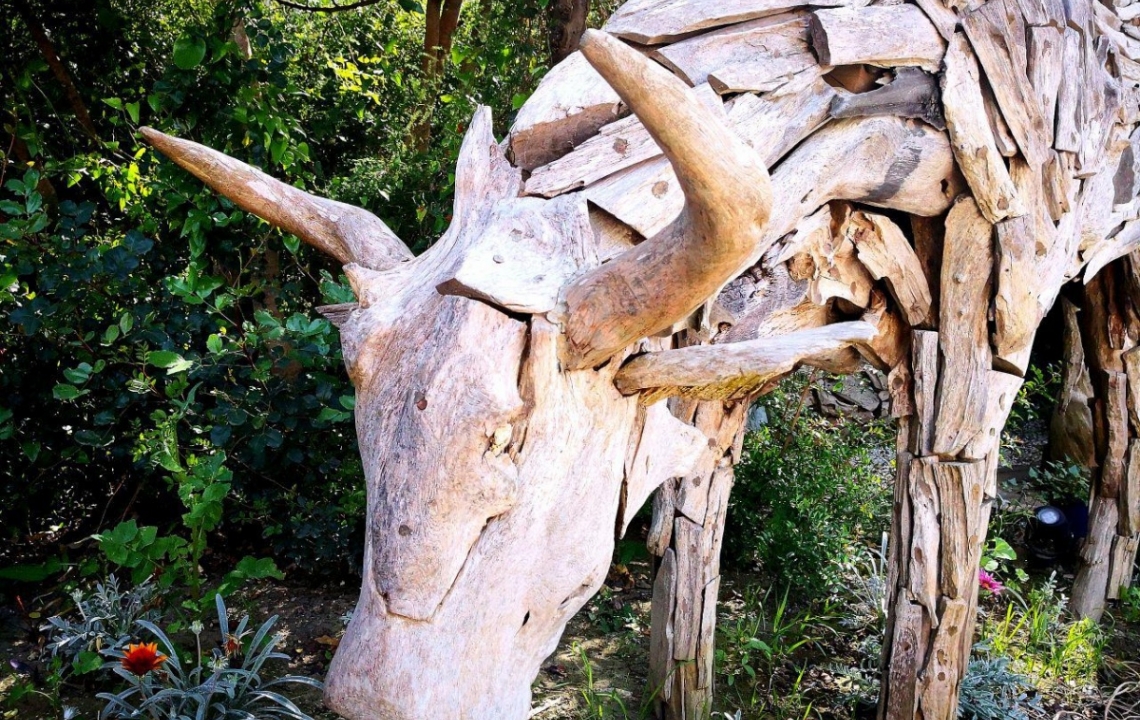

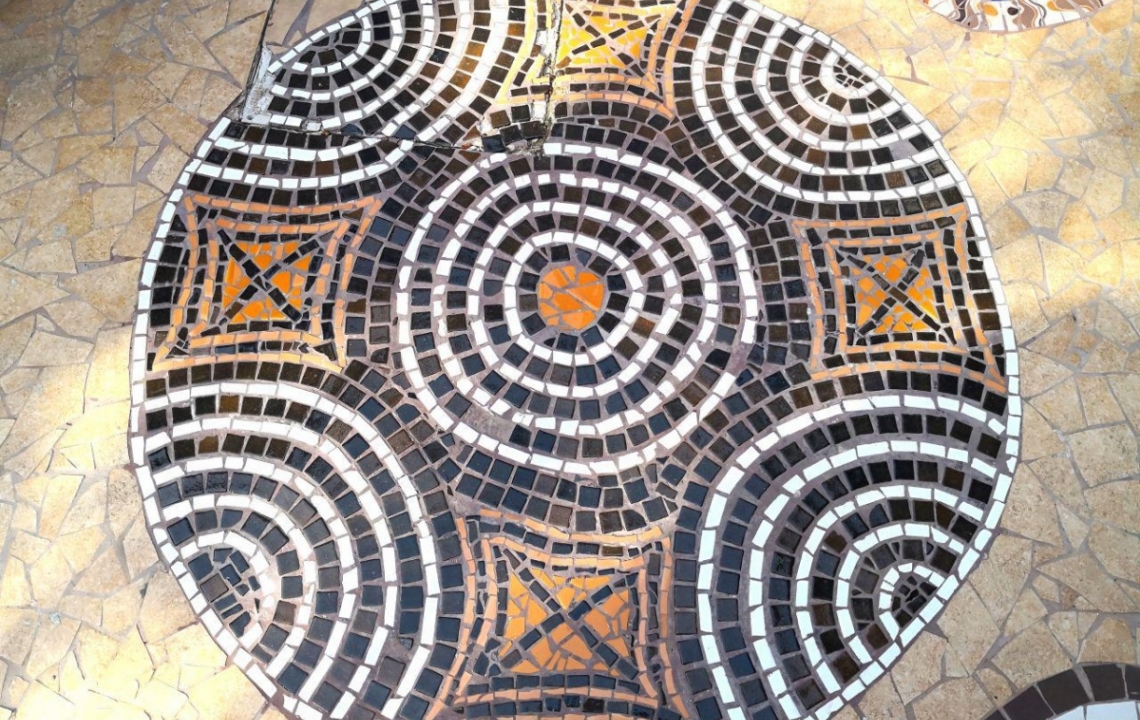
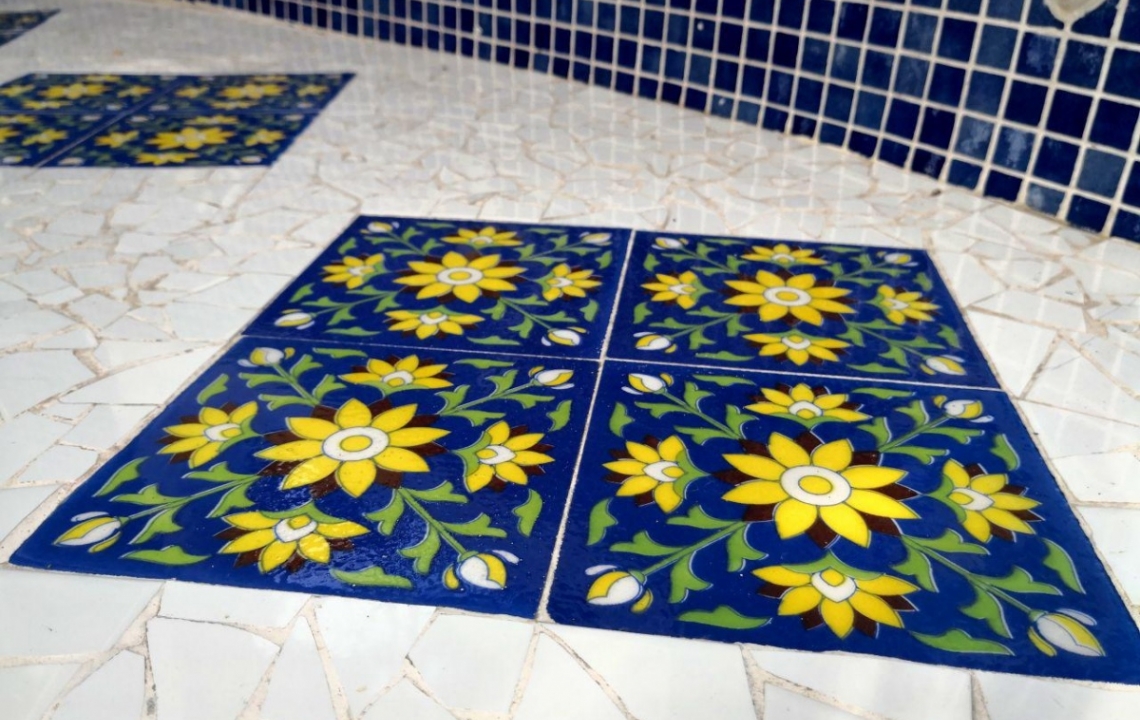

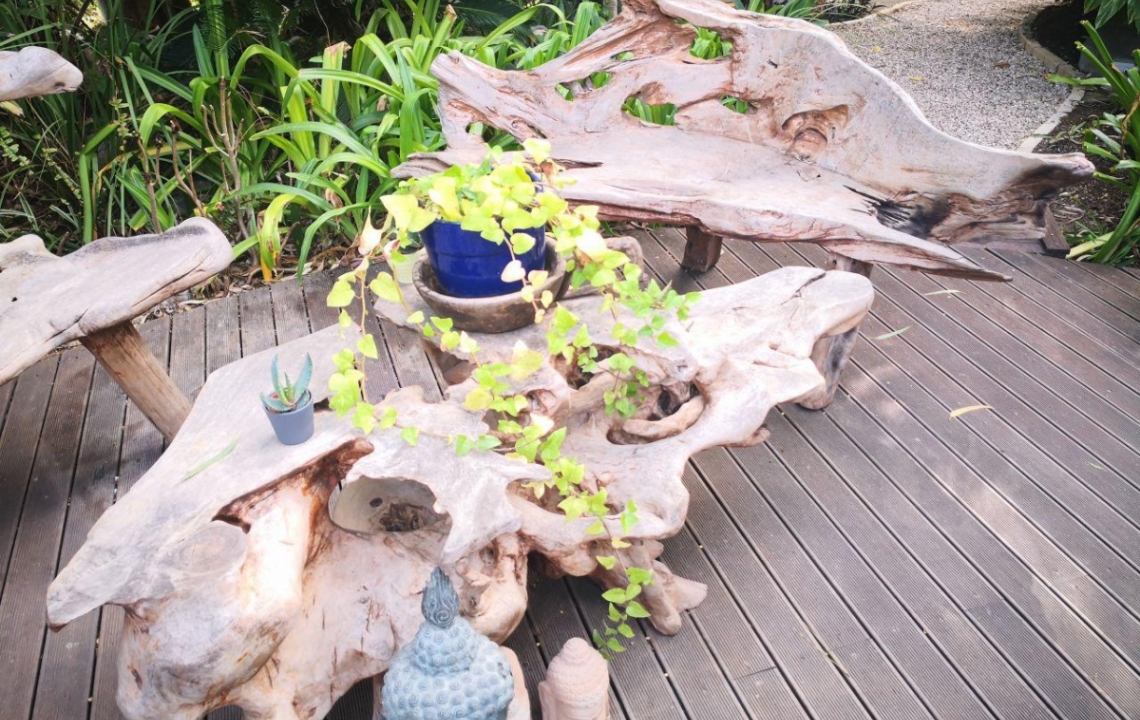
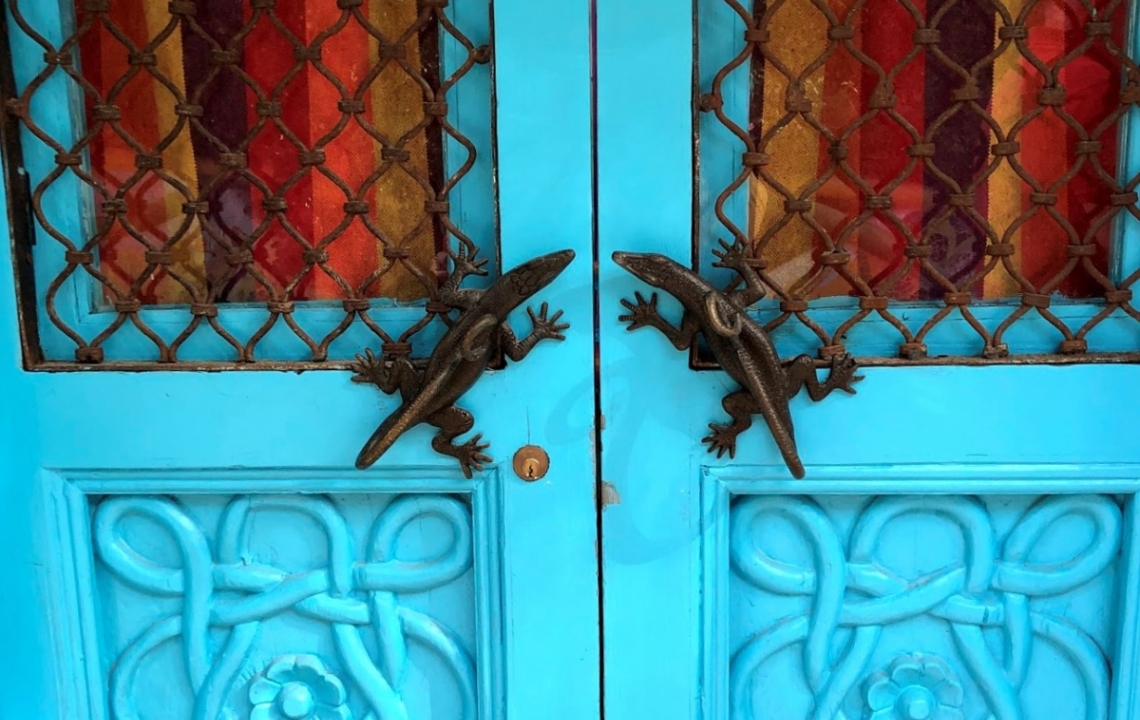

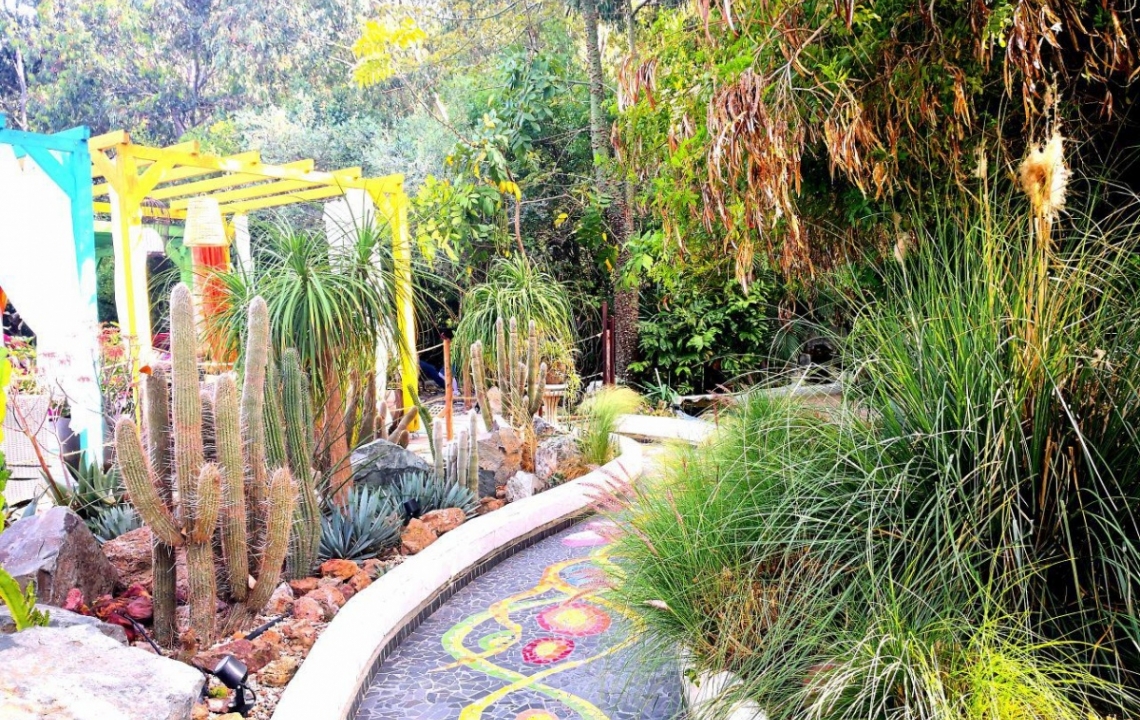

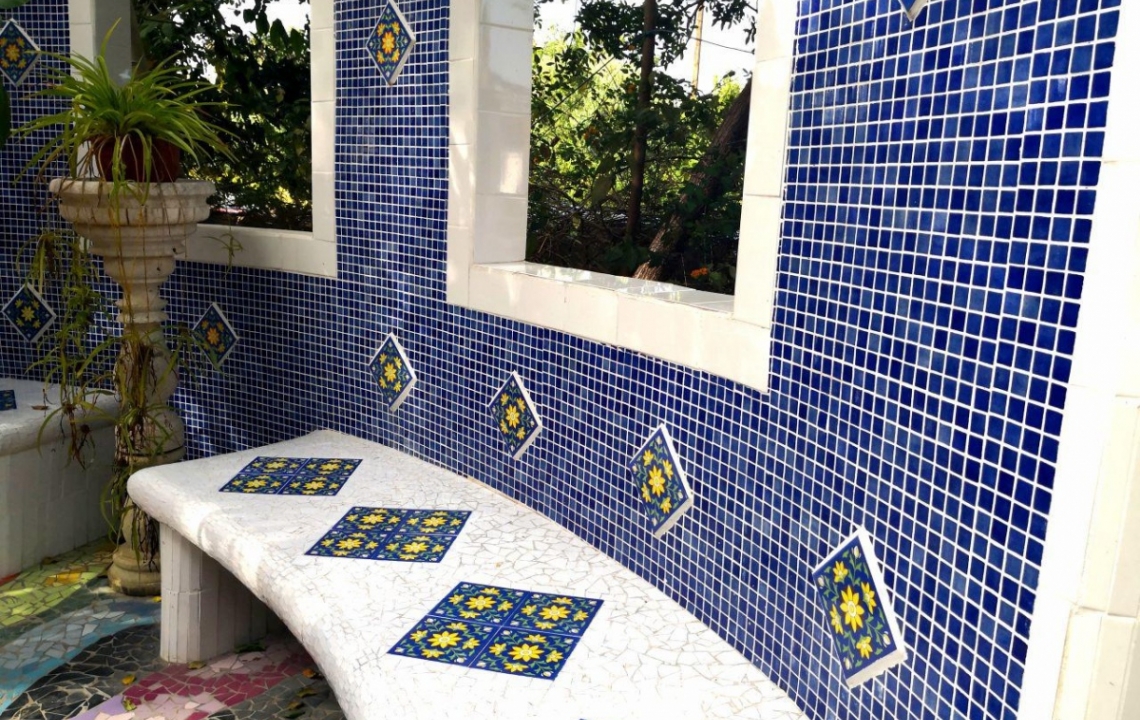
Why is Euphoria Art Land stylised as a park? Because part of the installation is hotel rooms where, for a handsome 100 euro, anybody who wishes to can stay there overnight.
If it’s neither your task nor desire to live there, you can simply visit for an excursion. It’ll cost you 5 euro, and for that money you’ll also be treated to some coffee.
You won’t find an art object with such a level of peculiarity and grandeur neither in neighbouring Limassol, nor anywhere else on the island whatsoever.
Beaches
Pyrgos is split into two parts which are divided by a multi-lane motorway.
At the top, you have the old settlement built in the rural architectural style typical for Cyprus. The lower part is more resemblant of “Beverly Hills”, featuring a sector of modern, elite cottages in walking distance from the sea.
In the west, the sea coast has been domesticated, now packed with beach bars, volleyball pitches, wooden pathways amongst the sand, and so on. The sand here is nicer than on Limassol’s central beaches.
The beaches to the east are wild. The few people who come here drive directly to the coast, which consists primarily of shells. There is some beautiful, naturally-formed breakwater sticking out of the sea.
What’s it like in Pyrgos with Coffee Shops?
We need a separate article to talk about them! In fact, we did speak about them separately. I’ll just mention here, in my view, the most intriguing establishment: the best pizzeria in all of Limassol according to many visitors’ reviews (and I’m among them)— the Italian pizzeria Al Borgo! It’s a small, family-run restaurant in the historical centre of Pyrgos, containing only a few small tables, excellent wine and incredible pizza. I quite often drive from Limassol to Pyrgos only for Al Borgo.

On that note, we can end this review. Well then, friends, are you convinced that “wonders” are nearby? A settlement with a history spanning five millennia, only 13 km from Limassol, which is also the world’s birthplace of perfume manufacture! Don’t forget the 15th-century buildings, modern “Gaudi-parks” and a bunch of other stuff. Yet, when you drive past it, you think: “well, it’s a village like any other”. The most interesting things are never far away, you simply need to take a closer look!

